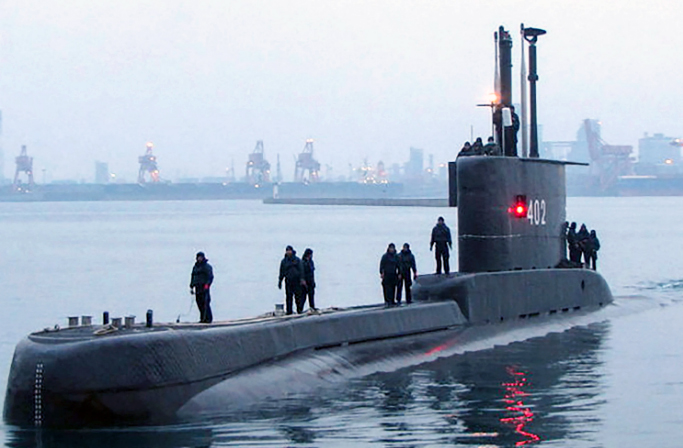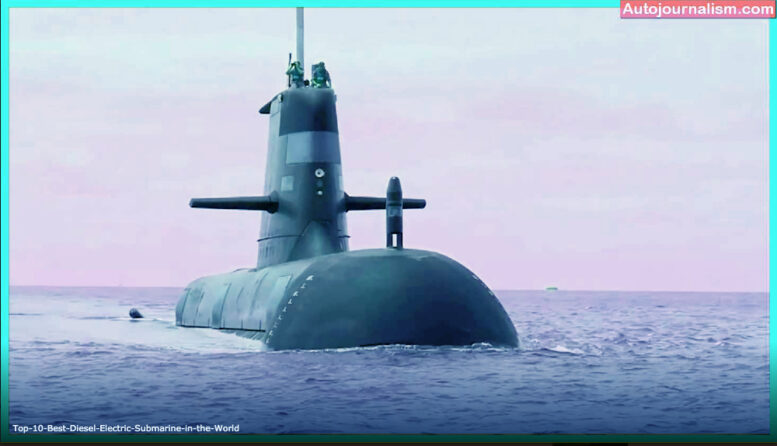Over the past few decades many nations in Southeast Asia, including the ASEAN, have increased their defense budgets to procure and upgrade weapons systems. Some accounts indicate that the increase in the regional defense spending is two to three times the world average. Interestingly most of the weapons acquisitions are for their air and naval forces that are incredibly more expensive than the armaments for land forces.
Some of the reasons for the surge of defense spending are China’s aggressive behavior, absence of a workable regional security architecture with some partners doubting U.S. commitments, continuing territorial conflict, and national prestige. China’s establishment of island fortifications in the Spratlys and its deployment of a large fishing militia in areas beyond its maritime zones defined by the UNCLOS threaten freedom of navigation and the use and exploitation of maritime resources of several affected coastal states. Likewise, the development of a strong mechanism to govern the relations of the ASEAN member-states for “confidence building measure, preventive diplomacy, and political and security cooperation” has not been realized for some time.
The 2013 Lahad Datu intrusion in Sabah illustrates the failure to resolve the situation peacefully through a regional mechanism. Further, some states have lasting territorial disputes including delineation of territorial and maritime boundaries between and among themselves. Finally, many countries buy new armaments or upgrade their inventory to gain, preserve or enhance national prestige.
Among the many weapons systems that tend to increase risk of escalation of open conflict is the military submarine. Vietnam acquired half a dozen Russian submarines equipped with anti-ship missiles, cruise missiles and anti-submarine torpedoes. Indonesia plans to augment its naval fleet with 12 Russian submarines come 2024. Malaysia operates two French-made submarines while Singapore has four submarines, two each from Norway and Germany. Thailand intends to buy in the next few tears two Chinese-made submarines after retiring its four Japanese-built submarines in 1951. The Philippines decided to postpone its planned acquisition due to the pandemic.
Many years ago, a senior Philippine defense official viewed submarines as an offensive weapon citing a Constitutional provision that the nation “renounces war as an instrument of national policy.” In many ways, he was correct. The first recorded submarine attack was during the American Revolutionary War in 1776 when submersible Turtle successfully evaded detection and nearly attacked with an explosive to the hull of British warship Eagle but failed. On the other hand, the first submarine that sank a ship was Hunley, used by the Confederates during the American Civil War in 1864, when it managed to approach undetected the Union ship Housatonic and rammed the warship with a spar torpedo causing it to sink.
In two ensuing world wars, the Germans exploited the use of submarines, dubbed U-boats or undersea craft, by attacking convoys of merchant ships owned by the enemy and other commercial vessels laden with contraband intended for the enemy. To counter the U-boats, the British armed a part of its merchant fleet, known as Q-boats, designed to lure the U-boats into making surface attacks to initiate armed engagement. The Germans responded by conducting unrestricted submarine warfare against Allied shipping in spite of the rules stipulated by Hague Conventions of 1899 and 1907 citing impossibility to identify bonafide commercial ships from the Q-boats. The Germans employed the “wolf pack” tactics to destroy convoys from the U.S. to the European theater. The Americans also performed unrestricted warfare against Japanese merchant ships in the Pacific that Admiral Karl Donitz cited when on trial at the Nuremberg for submarine attacks on merchant vessels during WW2.
While the experiences in the two world wars identified coastal defense as one of the roles of submarines, the two other roles –harassment of enemy fleets and hunting and destroying seaborne commerce– are offensive in nature. In some cases, submarines were used to lay sea mines both for defense and offense. In those open conflicts, the strength of the submarines (stealth) is nearly equal to their weakness (vulnerability). Consequently, the use of submarines expanded underwater warfare to perform: submarine warfare, anti-submarine warfare, mine warfare and mine-countermeasures.
The nuclear age brought unparalleled advances in technology that increased the roles of the submarines. Added roles are anti-submarine platform (attack submarines), strategic weapons platform (ballistic and cruise missiles) and projection of force ashore. These roles came about because of larger dimensions, more lethal weaponry, faster speed, much-improved sensors, and deeper diving depths. They maintained their inherent strength of stealth and reduced their vulnerability due to their ability to stay submerged for long periods of time. Some modern non-nuclear powered submarines use air-independent propulsion (AIP) system to make them stealthier, thus reducing their vulnerability.
The complexity of building, operating, maintaining and upgrading military submarines is enormous. There are not many countries that build submarines, and their design depends on their own requirements. Customized orders would entail additional costs. Operating submarines requires some elements of capability –doctrine, training, inspiring leadership, high morale of the crew and support personnel, relevant combat experience, and a high level of integration between force providers and combatant commanders. The mastery of the cyber domain is a must. Maintaining submarines is not simple especially when there are no in-country shipyards willing to invest in new venture to conduct sophisticated depots (3-4 year overhaul schedule) and organizational maintenance actions, unless there is an adequate number of submarines to undergo major and minor repairs to recover and grow their capital. Upgrading submarines requires an assessment of the operational environment, sufficient budget and a robust logistics support system.
The numerous submarine accidents in the past 20 years, with much improved construction techniques and navigational systems, demonstrate the difficulty to operate and maintain submarines. The most recent involved a U.S. Navy nuclear-powered submarine, USS Connecticut, that grounded on an uncharted seamount in South China Sea in October 2021 greatly damaging her hull. This submarine would be out of service for some time. The other was the sinking of a German built diesel-powered submarine for the Indonesian Navy, KRI Nanggala 402, in 21-April-2021 in Bali Sea at 838 meters deep, killing all the 53 officers and crewmembers. Quoting a young submarine captain from a neighboring country a few years back: “It’s really scary down there. Years of training equip you with the fundamentals of operating a submarine but actual deployment, with you at the helm, is very different.”

German-built diesel-powered submarine KRI Nanggala 402 was commissioned in 1981 and refitted by Korean DSME in 2012. She sunk on April 21, 2021 during a torpedo drill. Photo Credit: AFP
In choosing and buying expensive defense equipment there are three factors to consider –warfighting capability, operational flexibility, and value for money. The warfighting capability refers to the offensive and defensive weapons on board designed to defeat a potential threat from inflicting harm, deter the opponent from attacking, and reduce the harm from the enemy. Operational flexibility means the defense equipment can be utilized in other missions like fleet escort, troop movements, non-combatant evacuation, search and rescue, etc., as operational necessity dictates. Value for money involves subjecting the procurement action through intensive cost benefit analysis with due consideration to the acquisition cost, life cycle cost (operational, maintenance and upgrade costs), and impact assessment on defense and security strategy.
As Director of Naval Modernization Office in the late 1990s, I had formed a team to subject high value naval capability proposals to the above factors. A good example was the proposal to procure used 3 French corvettes. Applying the meager yearly increases on the naval budget over the years and the projected costs of operating and maintaining those vessels, with no upgrade, the Navy would have to decommission half of its fleet over time, to support the new acquisitions. Also at that time, the Navy Chief Admiral Eduardo Ma. Santos created two study groups –Submarine Warfare and Mine Warfare Capability– but limited resources and the inward-looking mindset of political and military leaders prevented the development of such capabilities. The subsequent abolition of the modernization offices and weapons systems boards consequently scattered valuable databases and well-trained personnel on defense capability acquisition and upgrade.
Given the heightened awareness on external defense and security, it would be of help to fully develop a strong defense industry, strengthen the relationship with the nation’s only ally and selected partners, and exert more diplomatic efforts to form an effective regional security mechanism, including the accession and ratification of UN global arms control agreements –UN Register of Conventional Arms and the UN Arms Trade Treaty. Creating a peaceful, prosperous, and stable ASEAN would depend largely on the regional balance of power, both military and economic.
